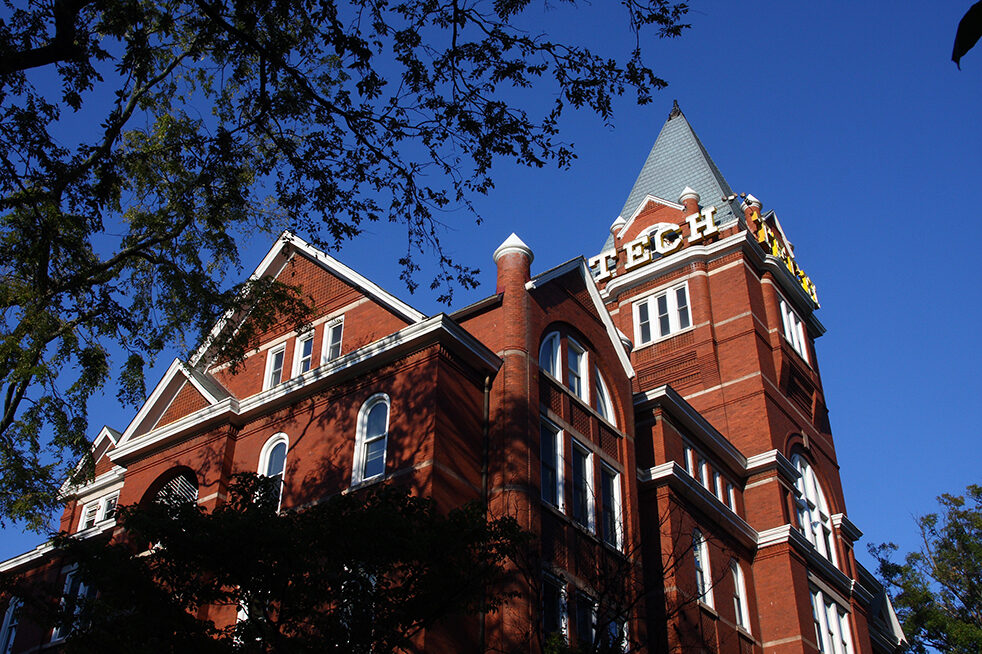As we cover every facet of housing in this issue, we, at the Technique, wanted to take a moment to talk about a very present struggle that is playing out right now in the housing of this country: affordable housing and gentrification.
Housing, especially affordable options for lower-income families, is an issue that is deeply rooted in American history. Before the Great Depression, the government was not as involved in housing. Techwood Homes was one of the first public housing projects opened in Atlanta and was designed by a Tech alumnus. However, it was a whites-only housing project which reflects a racial disparity in housing that is still seen today.
Techwood Homes was eventually demolished in preparation for the 1996 Summer Olympics, and its eventual demise is a reflection of a much larger issue in Atlanta: a lack of affordable housing and a surplus of luxury housing.
In many places in Atlanta, monthly housing costs, which include transportation, take up more than 40% of homeowners’ income — far higher than the 30% threshold the U.S. Department of Housing and Urban Development uses to deem a housing option affordable. Furthermore, in Atlanta’s suburbs, median home prices have increased by 43% since 2020 while median income has only grown by 1.7%.
The Institute also contributes to this problem through its expansion into the city. Tech’s campus expansion plans often respond to the question of how they will mitigate gentrification by claiming to work with community members. We encourage the Institute to provide further information on which community stakeholders they are communicating with. In addition, we encourage Tech to work with other community organizations rather than singular community members, so that any negotiation can take place on more equal footing.
Educational institutions often have no direct incentive to expand with attention to avoiding gentrification, since there are very little consequences. This is indicative of a larger problem of the gentrification by educational institutions of their neighboring cities — an issue that is not only limited to major metropolitan areas. In so-called college towns, oftentimes the entire surrounding community is dominated by the presence of the higher education institution and can be dependent on it for economic success, putting the community at a major disadvantage in any discussions about expansion.
In response to this, one of the biggest things we want to highlight in the battle of gentrification is the importance of placing an emphasis
on the voice of the community. Whether this is demanding more clarity from institutions on who exactly they are communicating with in communities or finding ways for members of the community to take a more direct role in the creation of policy, we believe that this is one of the best ways to battle gentrification.
We also recognize that gentrification can often be advantageous for an area in some ways by bringing in new businesses. However, it can also displace the original residents, meaning they wouldn’t be able to reap any of the benefits of these revitalization efforts. To combat this, we encourage communities to look into methods of neighborhood revitalization that would still allow them to remain at the center of the decision-making process for what would happen to their community.
For example, legislation mandating tenant option to purchase, which states that landlords must offer the property to tenants first before remodeling, destroying or selling it on the private market, allows properties in the community to stay within the community. Another example is the use of community land trusts which sees an organization, usually a non-profit, buying the land a community is on and renting it to low-income families. When these low-income families move, they then transfer the land to another low-income family — keeping the land at a price that remains affordable.
There are so many aspects to housing — socioeconomic, racial, geographic, etc. — that it is impossible to simply produce a one-size-fit-all solution to the issue. However, we should let the people who know these issues best — the people living in these communities — make their own decisions and advocate for what they know is best for themselves.
